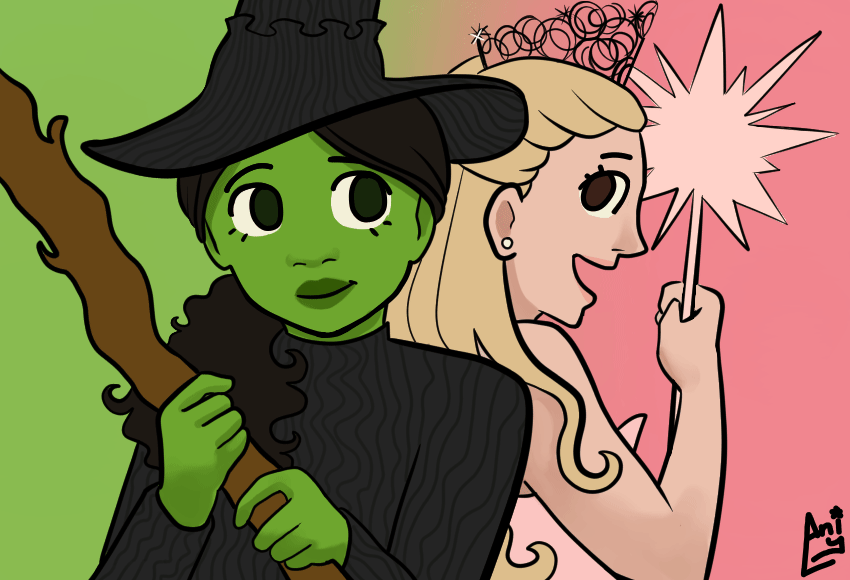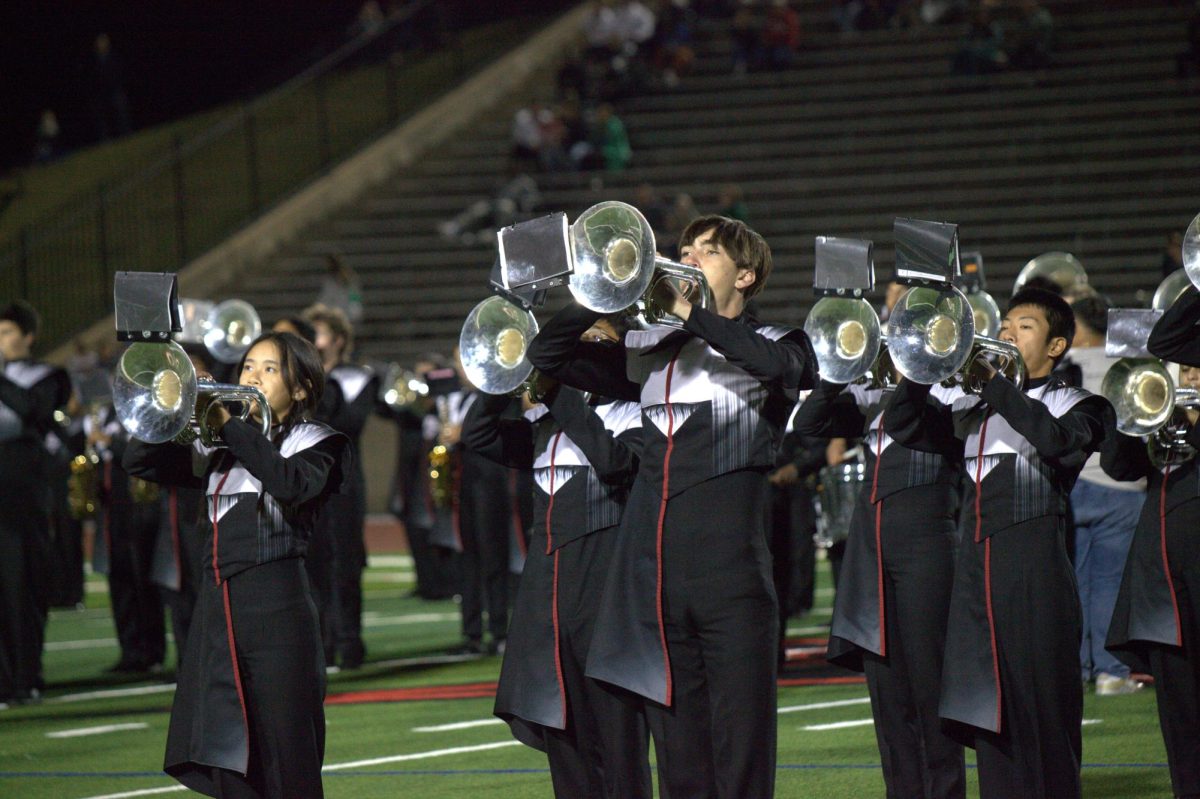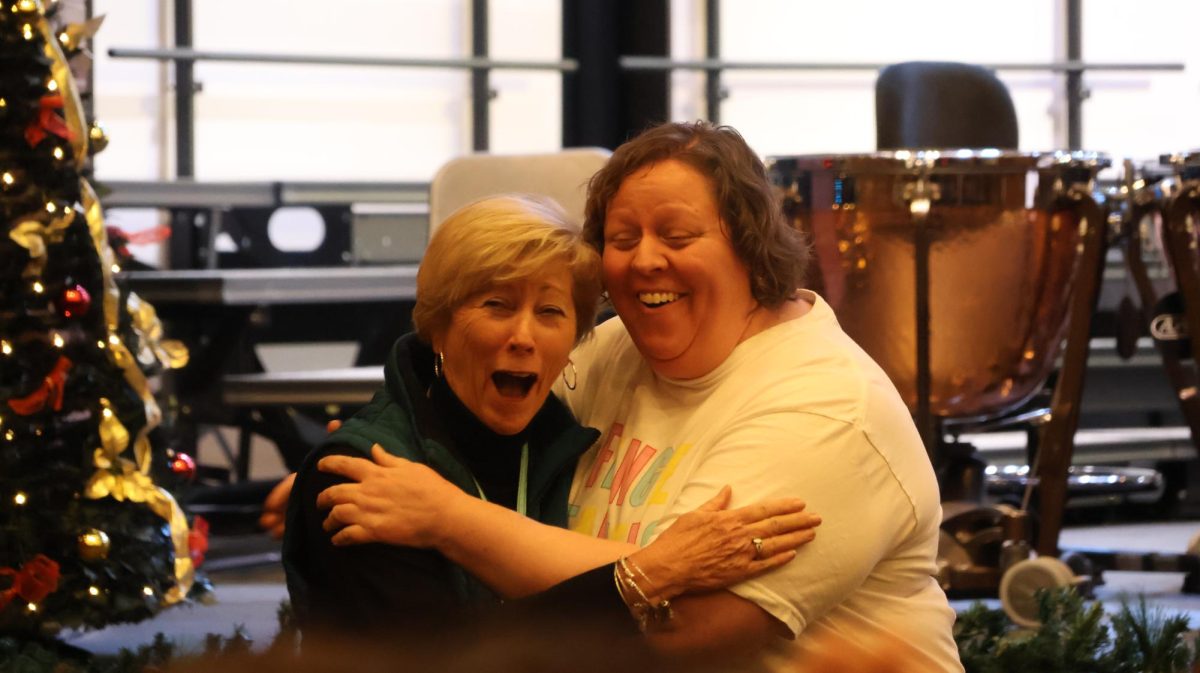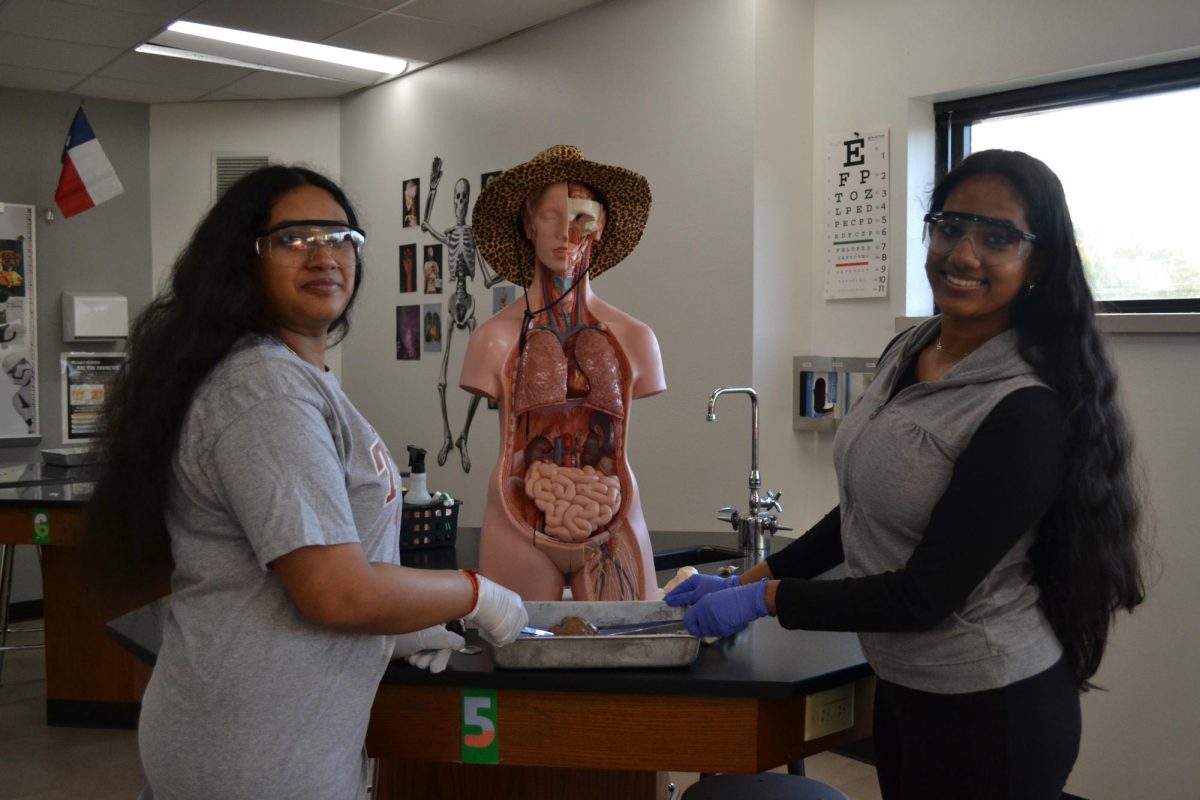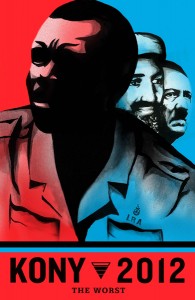
By Jordan Bickham
Staff Writer
As our generation constantly checks social media sites such as Twitter, Facebook and Tumblr, these sites have become a source of not only entertainment, but also the most current news. And this fact is exactly what Invisible Children used to their advantage.
Invisible Children is a prominent organization focusing on the war raging in Africa today. The organization focuses on three main goals of making the world aware of the LRA (Lord’s Resistance Army) through films, campaigns to channel energy from viewers of said films and to operate programs provide protection and assistance to those affected by the LRA in Africa.
While the organization has had a huge part in helping the people of Africa today, they still need a lot more help. With Joseph Kony, the ringleader of the LRA, still on the loose, freedom is still farfetched, but with Invisible Children’s new Kony 2012 campaign, everyone’s on the lookout for Kony.
Originally formed in Uganda, the Lord’s Resistance Army’s original goal was to create a theocratic government based on the Christian 10 commandments, but instead has captured over 30,000 children to use as warriors or sex slaves and has displaced more than 2.1 million people in its 26 year history.
Even though the army is not active in Uganda today, it has moved to the Democratic Republic of the Congo, the Central African Republic and South Sudan. Invisible Children has been working for nine years to help Africa, but has started a new tactic this year with the Kony 2012 campaign. This campaign aims to make sure that the world knows Kony as the world’s worst war criminal, and that efforts to stop Kony are strengthened with a better strategy.
Surprisingly, this campaign was spread not through the news at first, but through social media sites. The Kony 2012 film created for the campaign was quickly dispersed through sites such as Facebook, Twitter, YouTube and Tumblr in an effort spread the message.
“I was on YouTube and I was looking at the most viewed videos of the week where the Kony video was the top one with 50-something million views, so I decided to check it out,” sophomore J.P. Goyne said. “People have been passing it around like crazy, posting it on Facebook and stuff, so it seems like it’s working.”
Most have discovered the organization just through the passing of the Kony 2012 campaign’s film, which has received over 86,000,000 views. Among these viewers is senior Keaton Ozymy, the president of the Invisible Children club at CHS, who found out about the campaign after a fellow club member posted the video on the group’s Facebook wall.
“It did its job, but there’s a lot of controversy about it because it wasn’t the right way to go about it,” Ozymy said. “But as marketing you want people to talk about you whether it’s good or bad because the awareness is there now. People now know what Invisible Children is and what they do.”
Invisible Children has been a club at CHS for quite some time. With various fundraisers and visitations from the organization itself, the club is well known at Coppell. The only problem is that many have not been aware of what the club actually does. Many view Invisible Children as that “African supporting club” along with Hope for Africa, but are not aware of what the club specifically aims to do.
Because of Kony 2012 and its popularity among our generation due to social media sites, many students now understand Invisible Children, but others remain skeptical
“We still have those older generations…who no matter what it is or how great it is, they are going to reject it,” Ozymy said. “Then they are going to talk to their children, our generation, and it would just trickle down. If you’re parents do not feel like its credible…every child believes that their parents are always right.”
While Goyne saw the film, he is still uncertain of what the organization’s funds are truly going towards.
“There have been a lot of rumors going around about them, so I’m not really sure what to think,” Goyne said. “When they come to our school, they seem pretty believable, but people are saying that a lot of its fake. That a lot of their money goes to their movie and video funding rather than the cause they are actually trying to support.”
Although social media is an effective way to spread the word, it can make viewers question the legitimacy of the cause and even the organization itself. But while some are unsure about this cause, many continue to support Invisible Children and believe that they are doing the right thing.
“After seeing Invisible Children come to our school a few times, I’ve become a supporter of their cause,” sophomore Sydney Owens said. “Without social media being a source for their marketing, many people would still have no idea who or what Invisible Children is. While this method caused bad speculation, it also created a lot of support for the organization and brought attention to what’s going on in Africa, which was their main goal anyways.”






